
How do cats adapt to a new litter box? For cat owners, a litter box is an indispensable item. However, when you buy a new litter box for your cat, your cat may feel confused and uneasy, unwilling to use it.
This situation is common, but you don't have to worry, because there are some simple steps you can take to help your cat adapt to the new litter box.
In this article, we will share some practical tips to help your cat smoothly adjust to the new litter box.
1. Prepare the New Litter Box
First, you need to prepare a new litter box. You can choose the same type as the old litter box or a different type. If you plan to change types, you need to take into account your cat's habits and preferences. For example, if you plan to switch from a traditional litter box to a self-cleaning cat litter box, you need to gradually accustom your cat to the sound and operation of the device.
2. Place the New Litter Box
The placement of the new cat litter box should take into account your cat's habits and preferences. Generally, cats prefer to use the bathroom in quiet, private places. You can choose to place it in the same location as the old litter box or in a better location. When you place the new cat litter box, you need to ensure its location does not make your cat feel uneasy or uncomfortable.
3. Gradually Guide Your Cat
Once you have placed the new cat litter box, you need to gradually guide your cat to get used to it. Here are some useful tips:
- - Change the Box Without Changing the Location
Cats have their own habitual routes for elimination, so even if you change the litter box, do not change its placement. Keep it in the same spot as it was initially to avoid confusing your cat. Even with a new litter box, if the location remains unchanged, your cat will follow their familiar path to find their dedicated bathroom.
You can also place the new litter box next to the old one, allowing your cat to gradually get accustomed to it. When your cat begins using the new litter box, you should gradually reduce the use of the old one.
- - Change the Box, Not the Litter
When changing your cat’s litter box, it's best not to change the litter at the same time.
Cats, like dogs, are more accepting of places with familiar scents. When introducing a new litter box, fill it with the type of litter your cat is already used to. Avoid changing both the box and the litter simultaneously, as the familiar scent will make the new litter box less intimidating to your cat.
If you switch to a new type of litter and your cat does not like it, you can try mixing the old and new litter in the new box, gradually increasing the proportion of the new litter. This allows your cat to gradually get used to the new litter box. It is recommended to avoid using scented litter initially, as strong odors can deter your cat from using the new box.
After meals, pet parents can also place their cat in the litter box, allowing them to slowly adapt to eliminating in the new litter box.
- - Provide Rewards and Encouragement
Encourage your cat to use the new litter box by using treats, praise, or their favorite toys as rewards. Positive reinforcement helps your cat associate the new box with good experiences. Never punish your cat for accidents or for not using the new box right away, as this can lead to stress and avoidance.
4. Patience and Observation
Every cat is unique, and some may need more time than others to adjust to a new litter box. It's important to be patient and observe your cat's behavior and comfort level with the new box.
If you are using a new automatic litter box, do not leave your cat alone with the operating litter box before they have adjusted to the sound and operation of the machine; instead, stay with your cat to observe it together.
5. Keep the Litter Box Clean
Cats prefer a clean environment. When your cat starts using the new litter box, it's important to keep it clean. Regularly clean the litter box and replace the litter to ensure your cat feels comfortable and healthy. If the litter box becomes too dirty, your cat may be reluctant to use it.
If you are using a traditional cat litter box, you should scoop the litter at least once a day. However, if you're using a self-cleaning cat litter box, it allows for a more hands-off approach, requiring only regular maintenance.
6. Addressing Preferences and Accessibility:
Consider your cat's preferences for box type (open-top litter box vs. covered litter box) and ensure the box is easily accessible, especially for older cats or those with mobility issues.
The transition might also be an opportune time to assess if a self-cleaning automatic litter box, like a Neakasa M1 cat litter box, suits your cat's preferences and your lifestyle.
Conclusion:
Adapting to a new cat litter box takes time and patience. You need to gradually guide your cat, allowing it to become familiar with the new litter box over time.
When your cat starts using the new litter box, it's important to provide rewards and encouragement. Lastly, maintaining the cleanliness and hygiene of the litter box is crucial.
By following these strategies to gradually guide your cat, it will soon adjust to the new litter box, making both you and your cat feel more comfortable and happy.


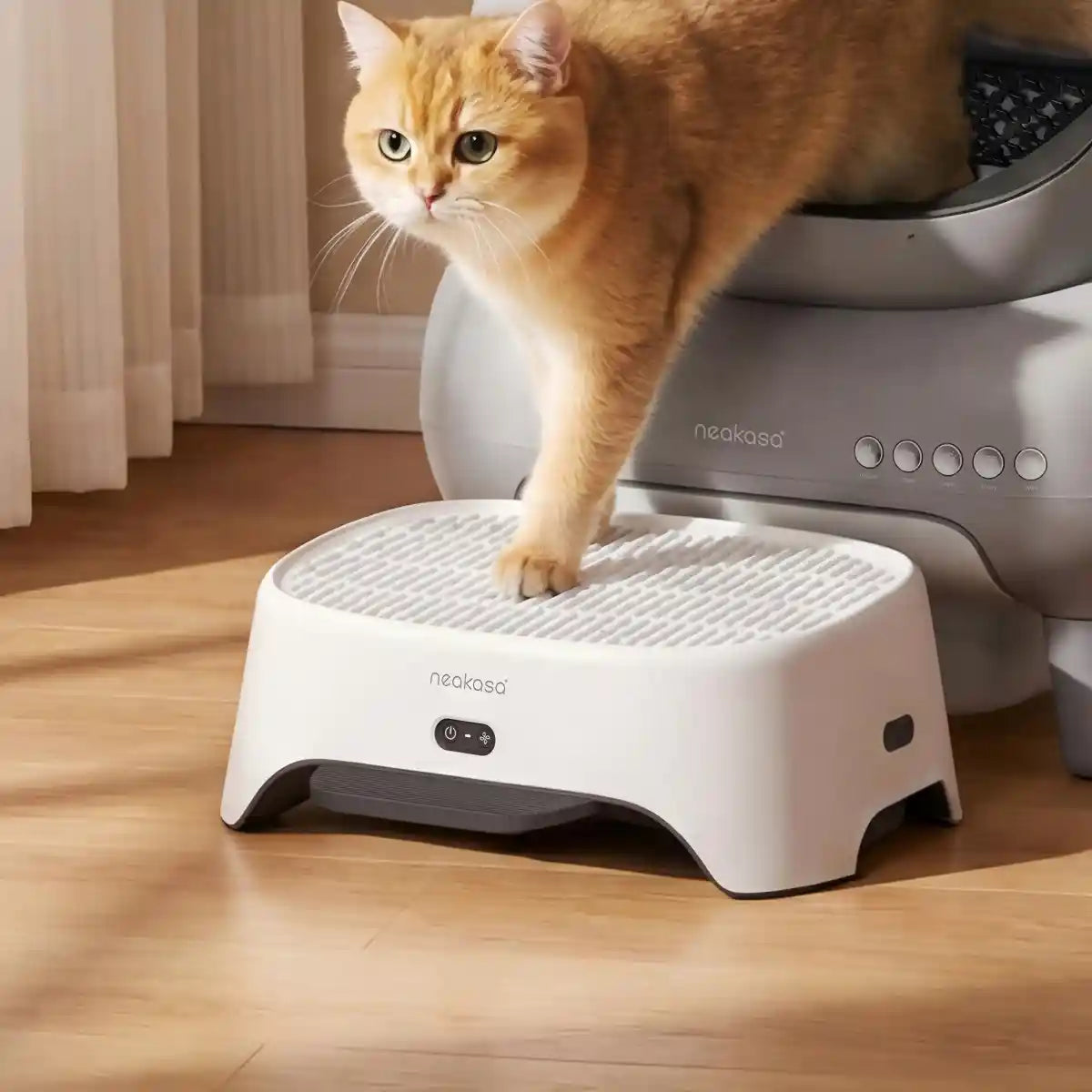
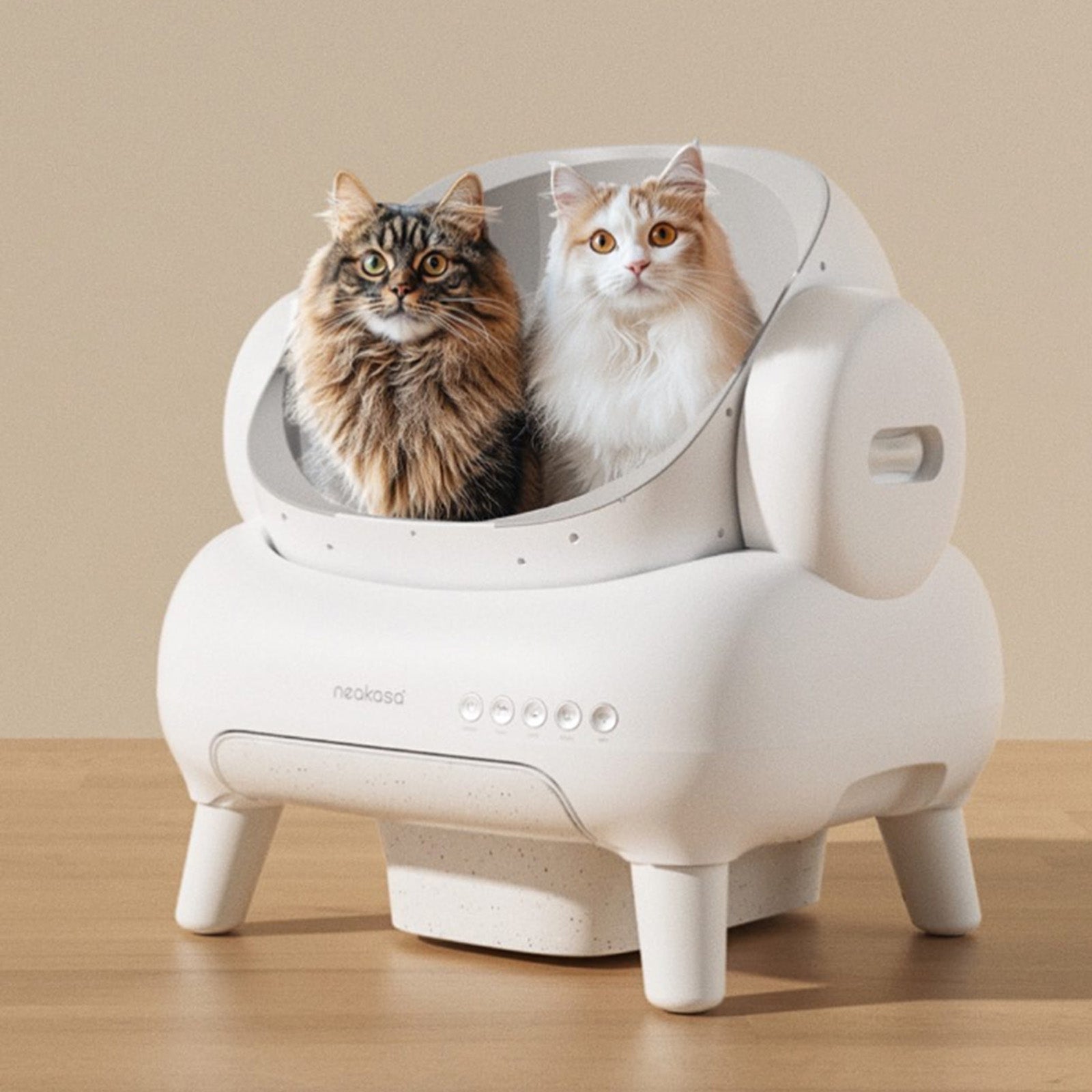
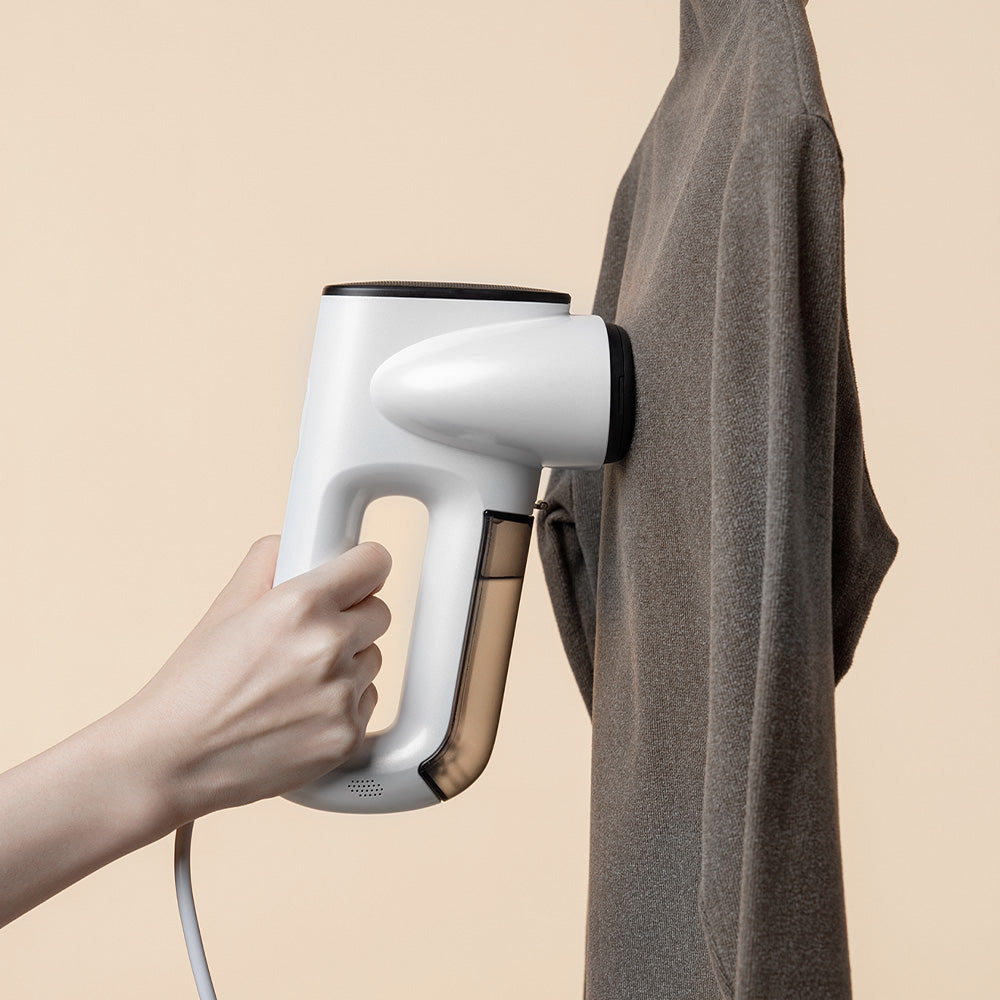
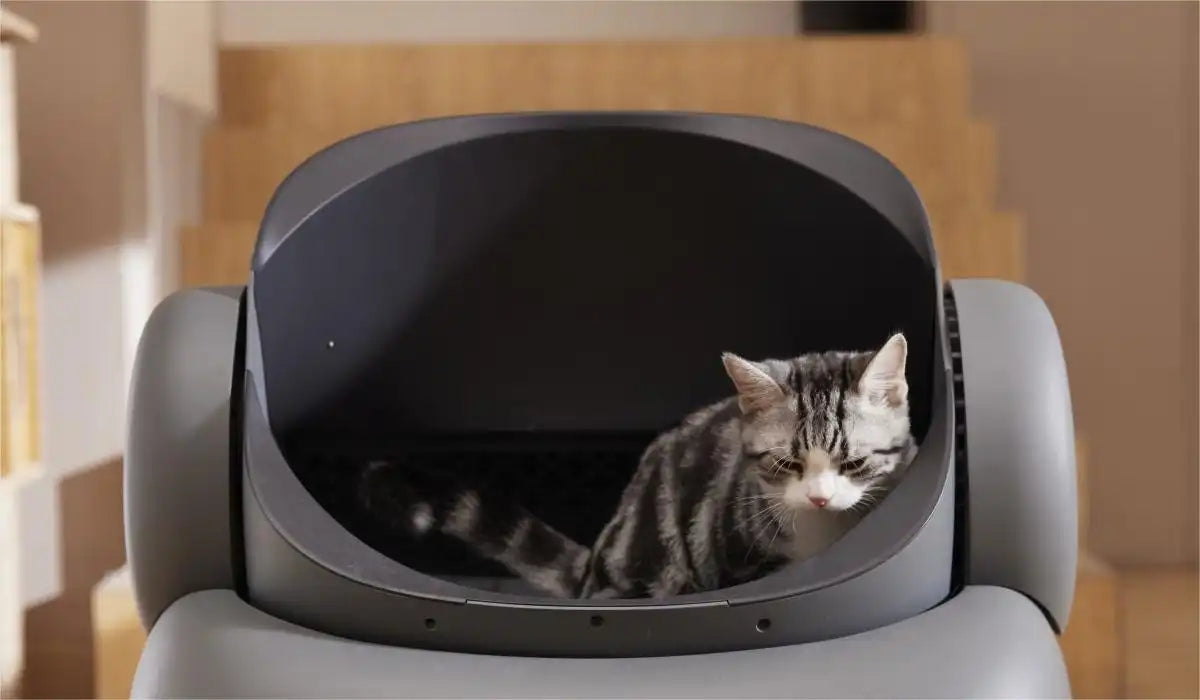



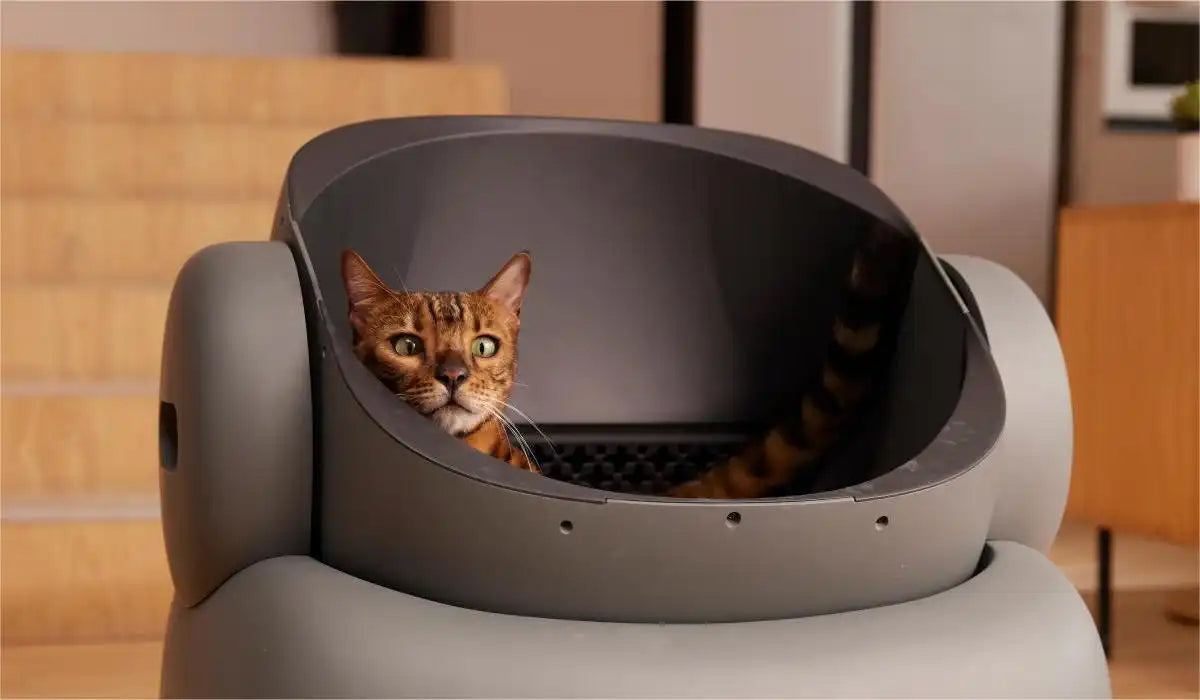
Leave a comment
This site is protected by hCaptcha and the hCaptcha Privacy Policy and Terms of Service apply.